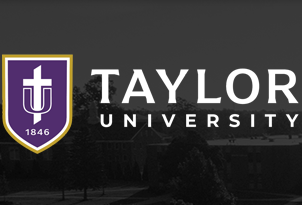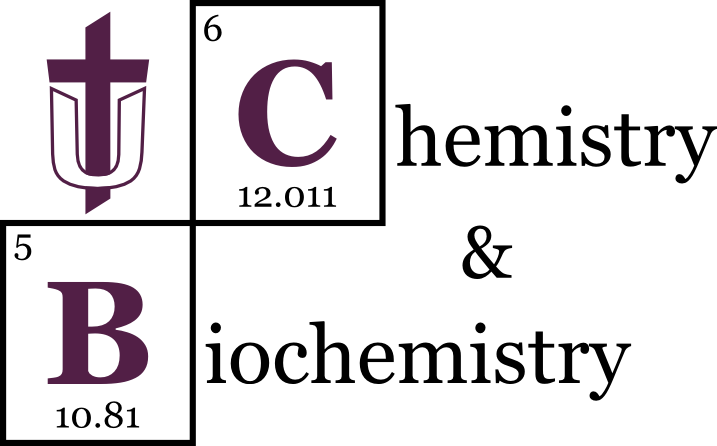By challenging our students through rigorous classes, from computational chemistry to bio-chemistry, we prepare our Chemistry majors for the next step toward graduate school, pre-health profession school, or any chemistry career. The breadth and flexibility of the Chemistry program allows all Chemistry and Biochemistry students to finely tune their degrees to best reach their goals.
Taylor offers numerous chemistry research opportunities that build resumes and count toward academic credit. Some grant programs, such as Taylor's Faculty Mentored Undergraduate Scholarship program, pay students to do research projects during the summer or academic year and gain hands-on experience with spectroscopic, spectrometric, electrochemical, chromatographic, and hybrid analytical instrumentations.
Submissions from 2022
The Application of Biological Processes to Increase Energy Potential in Landfills, Ashlyn Eisenhart
Comparing and Contrasting Therapeutic Drugs Vs. Lifestyle Changes That CombatType-II Diabetes, Alexander Cline Helmuth
Chemistry of Toothpaste, Kayla Blanche Kirtley
Microfluidic Paper Analytical Devices, Madison Page
Submissions from 2019
The History and Development of Identification: Rediscovery and Application of Egyptian Blue, Bailee Allen
Development of Ruthenium Drugs as Anticancer Agents, Daniel Boy
Atomic Layer Deposition Applications in Nanotechnology, Alexandra Burke
The Chemistry of Jellybeans, Andrew Carter
Antioxidants and Beta-Carotene: A General Overview, A Research History, and Modern Scholarship, James Joseph Dickman IV
Bone Regeneration via Inorganic/Organic Compatibility in a Newly Synthesized Hydrogel: nHAp-BMP-2, Hannah Ewing
Significance and Implications of Vitamin B-12 Reaction Shema- ETH ZURICH VARIANT: Mechanisms and Insights, David Joshua Ferguson
A Chemical Overview of Opioid Receptors and Their Agonists, Noah Kuszak
Quantum Chemical Methods: Its history and future, Erica Mitchell
Senior Chemistry Thesis, Elisha North
Dentin Biomodification Potency of Proanthocyanidins, David J. Ryker
Drug Improvement and Design Involving G-Protein Coupled Receptors, Gabriel Saliba
It's Elementary: A Review of Forensic Analysis Techniques of Inorganic Components of Explosives, Sadie Schultz
Metallodrugs and their various impacts on disorders and diseases, Paige Wagner
Submissions from 2018
Nanoparticles and Their Use in Cancer Imaging, Prevention and Treatment, George Gray
Development of Chemistry Activities for Local Outreach in STEM, Emily Knight
Educational Resources: Curie Point Engine, Emily Knight
Educational Resources: Exchange Rates and Unit Conversion, Emily Knight
Educational Resources: Homemade Fluorometer, Emily Knight
Educational Resources: Ionic Matching, Emily Knight
Educational Resources: Magnets, Emily Knight
Educational Resources: Polymers, Emily Knight
Tomatine and Furocoumarins: Toxins in Commonly Consumed Plants, Julia Noonan


